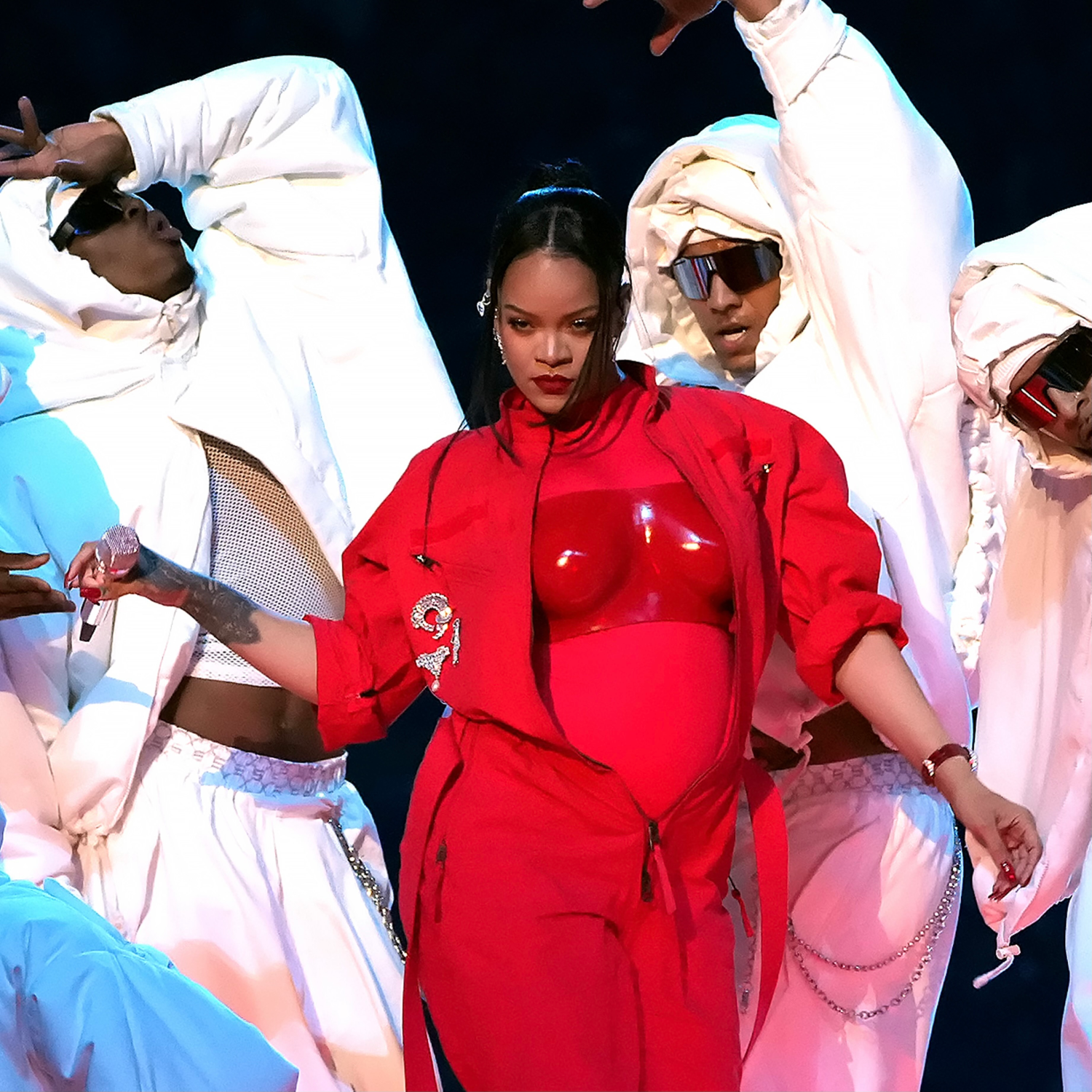How to Run a Successful Influencer Marketing Campaign

Last fall, Montreal-based shoe retailer Aldo partnered with influencers to promote Pillow Walk—an innovative comfort-foam technology used in 80 per cent of its product lineup—through a TikTok marketing campaign. It was an unmitigated success. In the campaign’s first five weeks, the brand saw video completion rates soar 785 per cent above benchmarks, with conversation rates surpassing benchmarks by more than 35 per cent and click-through rates by 68 per cent. On the strength of those numbers, Aldo ran a similar campaign this year. Since its inception on August 24, the new campaign—which consisted of 21 videos, 15 of which were made by influencer content creators like Taryn Delanie and Kristy Sarah—generated more than 65 million impressions (the number of times content is seen).
Its performance is partly a sign of the times—influencer marketing is a growing focal point for brands of all sizes—but the scale of its success is down to Aldo’s marketing team zeroing in on what resonates with its Millennial and Gen Z consumers.
Aldo first dabbled in influencer marketing in 2015, testing the waters with minimal investment and small campaigns. Today, influencer marketing is an integral part of its marketing strategy—in the past year alone, with TikTok’s continued domination of the social media landscape, the brand observed a 40 per cent increase in user engagement with its short-form video content. “We’ve increased our investment in this space every year since 2015, but in the last year or so, we’ve had serious conversations about how it plays into our entire marketing strategy,” says Amanda Amar, Aldo’s global director of marketing and PR.
Hand-selecting talent is the strategy’s foundation—and it’s not just about picking TikTok’s biggest stars. Among the 20 influencers Aldo worked with in North America (plus about 75 internationally), a handful had a million-plus followers, but the campaign also emphasized “micro” and mid-tier accounts. (There’s no industry-wide definition, but Aldo considers micro-influencers to have up to 50,000 followers, and mid-tier anywhere from 50,000 to one million). Each tier has its advantages. Celebrity-status influencers have a wide reach, but an accordingly steep price tag and generally lower engagement; meanwhile, smaller names are less expensive and tend to have higher conversion rates thanks to greater audience engagement. “For brands operating on limited budgets, working with micro-influencers can still yield remarkable results,” says Amar.
Related: Want to Be an Influencer? This Agency Wants to Teach You How
Aldo also prioritized influencers that produce relatable, relatively down-to-earth content—a sharp left from the glossy, polished social media feeds that were the gold standard as recently as 2018. Aldo’s research suggests that videos incorporating humour or breaking the fourth wall (when an influencer addresses the camera directly) resonate deeply with today’s consumers. Videos with quick transitions and eye-catching movement, like one that featured an influencer Karolina Sankiewicz surfing in pink Pillow Walk heels, also perform especially well because they capture and hold a viewer’s attention.
Regarding content design, Aldo takes a light-handed approach. It provided influencers with briefs that cover general guidelines based on their meticulous research about what works best: Show the product in the first three seconds to enhance brand recall, consider using viral sounds and music to increase engagement and generally keep content short. (The brand’s research suggests that nine- to 12-second videos are the sweet spot for holding attention.) Otherwise, influencers were granted creative license, though the brand does approve videos before posting. “We’re seeing the best results when we don’t overscript. The reason you’re working with these influencers in the first place is that they connect with their audience in a unique way,” says Amar. “Let them do what they do best.”
Amar expects no deceleration in the role of influencers—in fact, influencer marketing is increasingly affecting traditional brand messaging. Videos played in stores or distributed through the brand’s official channels, for instance, are incorporating the brevity and quick transitions effective on TikTok. “The worlds are merging,” she says. “As we look ahead to our spring campaign, we’re taking cues from what works on social media more than ever before.”
Her topline advice for brands developing influencer marketing strategies? Judiciously select your talent, do not underestimate the potential of smaller accounts and empower those you enlist to leverage their unique voice and forge authentic connections with their audience—strengthening your brand identity in the process.









